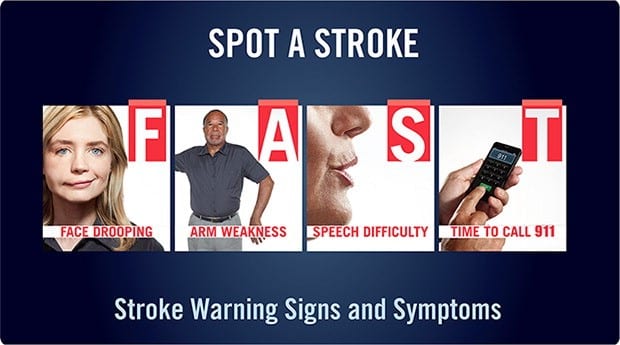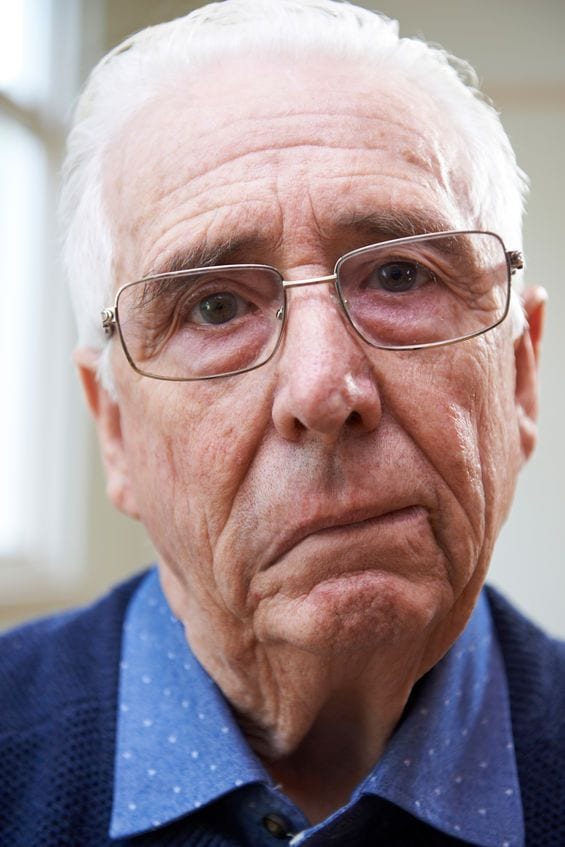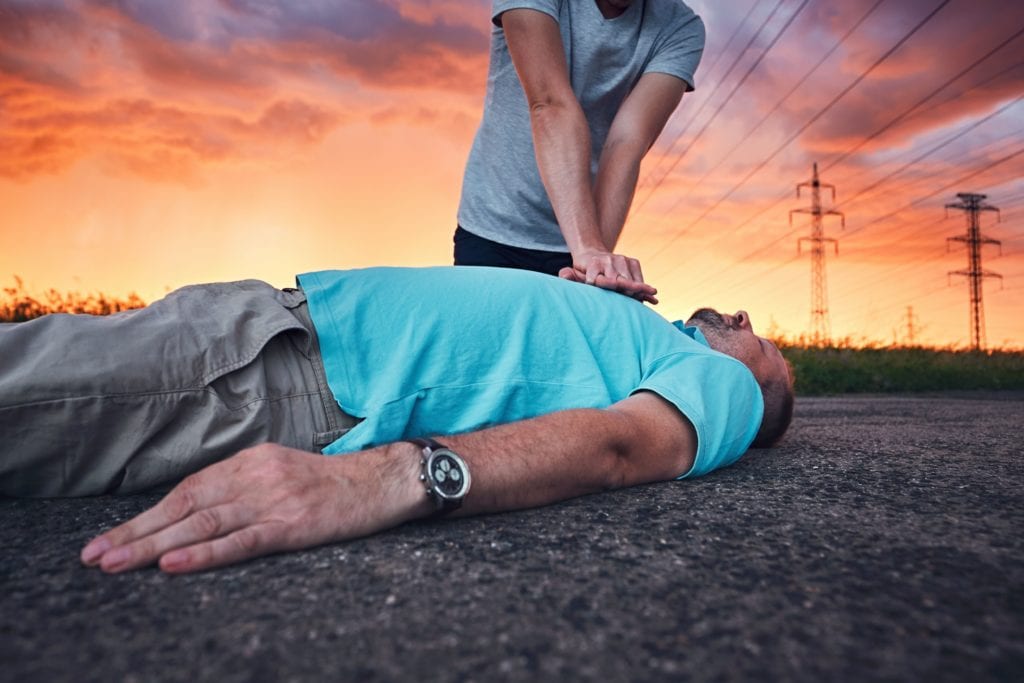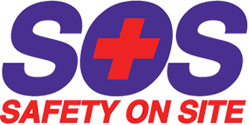
What You Should Do in the Event of a Stroke
A stroke is a medical emergency characterized by an attack on the brain. It happens when blood flow to the brain gets interrupted by a clot or when blood vessels in the brain bleed resulting in the damage or death of brain cells.
The symptoms for these two types of stroke are the same and they can happen to people of any age, including babies, although they are more common in older people. This is because the arteries get narrow and accumulate fat deposits and clots as people age and this increases the chance of one suffering a stroke.
Lifestyles choices such as drinking too much alcohol and smoking and medical conditions such as high blood pressure and high levels of cholesterol are other risk factors for stroke.
What Are the Symptoms of a Stroke
A stroke can be quite fatal and this calls for quick action if the victim is to survive with lesser long-term effects.
It is, therefore, advisable to have prior training in Standard First Aid so as to be able to offer the rapid response and treatment needed to save the life of someone suffering a stroke.
Here are the signs of stroke that you should be on the lookout for:
What Does F.A.S.T Stand For in Relation to a Stroke
Face
Check the face for signs for numbness. Can the victim smile and show his or her teeth? Does the face droop on one side?

Arms
Check for numbness in one or both arms? Can the victim raise both arms and hold them up for a while or does one arm remain low when the victim tries to raise both arms.
Speech
Can the victim speak properly or is the speech garbled or slurred? Can the victim repeat phrases that you have just uttered?
Time
If you notice any of these three symptoms, then the victim may be suffering a stroke and it is time to act. Remember that time is of the essence in this case and you need to act quickly and help the victim access the needed medical attention. Call the emergency medical services in your area and clearly state the symptoms of the victim.
Before the EMS arrive at the scene, there are a few things that you need to do so as to increase the chances of survival. Make sure that the affected person is comfortable and out of danger.

The victim may be out of balance so it’s advisable to lay them down and make sure that they are breathing properly. Perform CPR on the victim if you assess that they are not breathing.
In addition to CPR, use an AED for defibrillation if one is available until EMS arrives and takes over at the scene.






